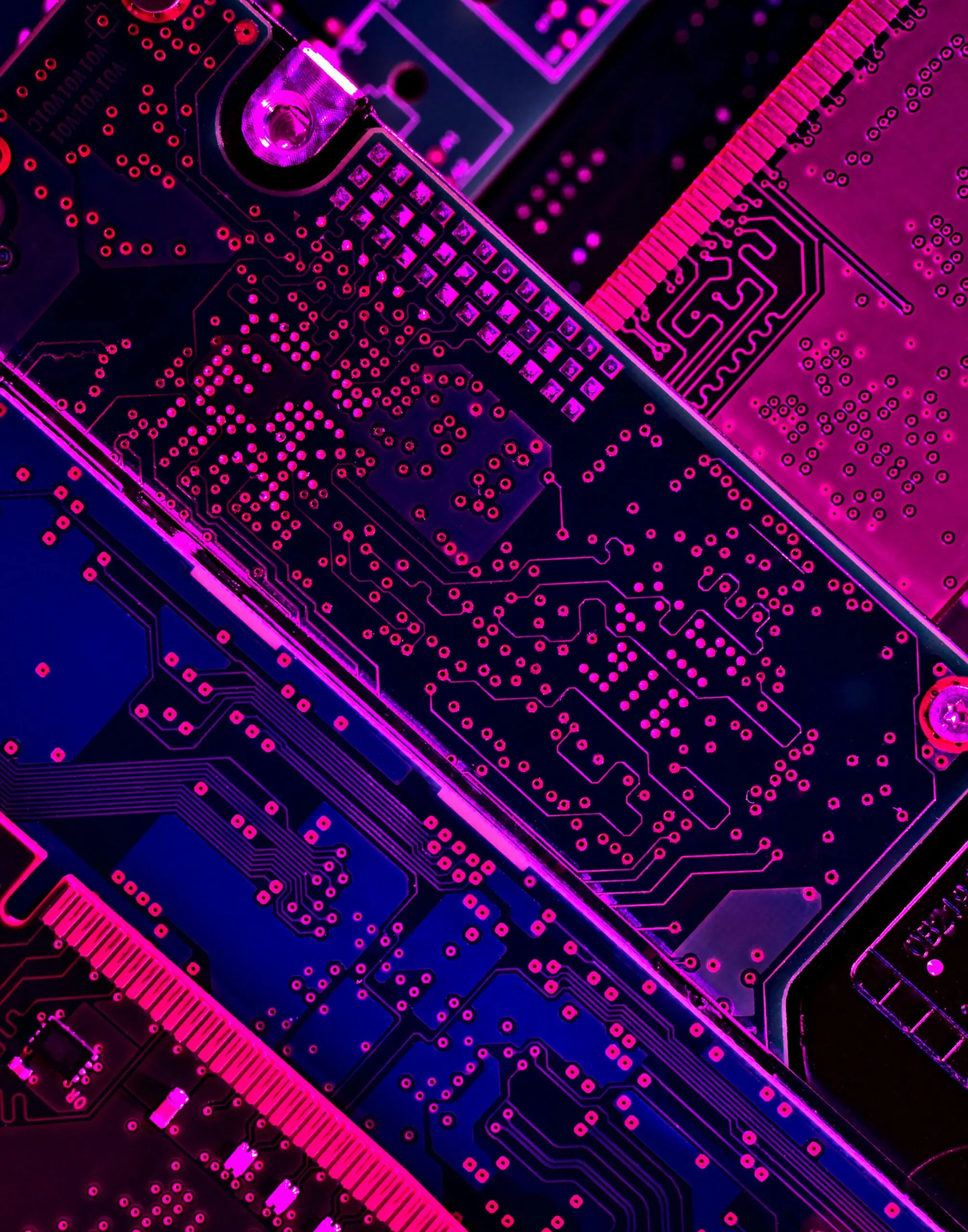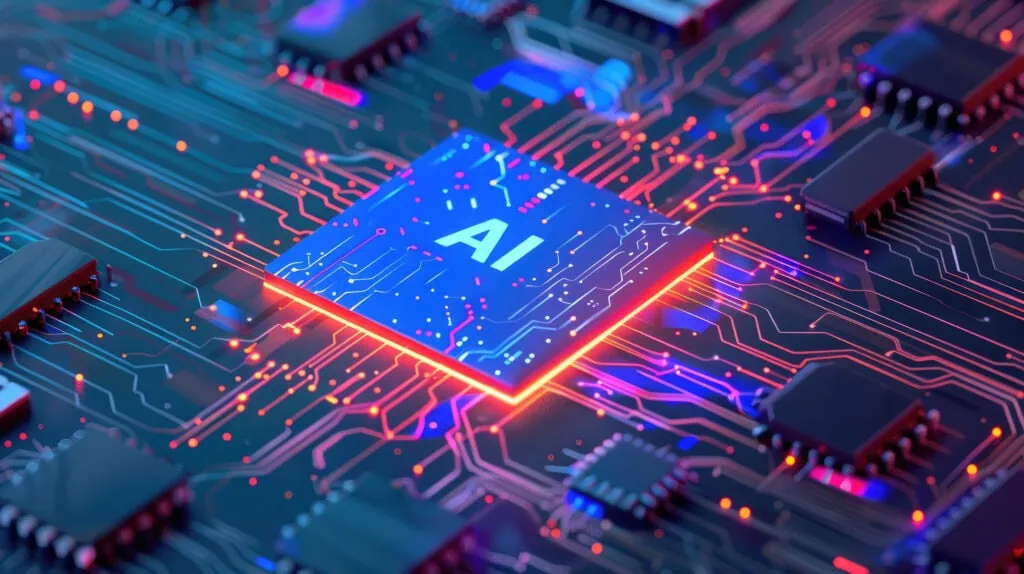Nvidia and Intel Forge $5B Alliance to Drive Next-Gen AI Superchips, a Boon for the Electronics Supply Chain
The semiconductor industry received a significant boost this week as Nvidia announced a $5 billion stake in Intel alongside a landmark collaboration to co-develop advanced AI superchips. This move not only unites two of the world’s most influential chipmakers but also sets the stage for a wave of opportunities throughout the electronic component manufacturing and distribution ecosystem.
At the heart of the partnership lies the integration of Intel’s x86 CPU technology with Nvidia’s RTX GPU chiplets, connected through Nvidia’s NVLink protocol. The result: a new class of system-on-chips (SoCs) designed to power both high-performance data centers and consumer PCs. Industry watchers anticipate that this innovation will accelerate demand for cutting-edge components, packaging, and interconnect solutions.
“We’re going to create new Intel x86 SOCs that integrate Nvidia GPU chiplets, fusing the world’s best CPU and GPU to redefine the PC experience,” said Nvidia founder and CEO Jensen Huang. He emphasized that the collaboration marks the arrival of the “era of accelerated and AI computing.”
For Intel, the partnership represents both a financial infusion and a chance to expand its reach in AI-driven infrastructure. For Nvidia, it creates access to a massive new segment of the x86 ecosystem, particularly in integrated CPU-GPU laptops—a market estimated at 150 million units annually that has historically remained underserved by Nvidia.
Intel CEO Lip-Bu Tan described the collaboration as a “game-changing opportunity,” noting that Intel’s data center and client platforms, combined with Nvidia’s AI leadership, will “enable new breakthroughs for the industry.”
WHY THIS MATTERS FOR THE ELECTRONICS INDUSTRY
- Component Demand Surge: The fusion of CPU and GPU technologies will require more advanced substrates, packaging, and interconnects, boosting demand across multiple tiers of the supply chain.
- Broader Distribution Channels: Distributors and resellers will benefit as new classes of AI-optimized PCs and servers reach enterprise and consumer markets.
- Ecosystem Expansion: With Nvidia committing to become a major customer of Intel CPUs, and Intel sourcing GPU chiplets from Nvidia, suppliers across the ecosystem—from memory and storage to power management and networking—stand to gain.
- Market Growth: Huang projected that the partnership could unlock $25–50 billion in annual revenue opportunities, underscoring the scale of the potential ripple effect.
Balancing Architectures: x86 and ARM
While some analysts questioned the impact on Nvidia’s Arm roadmap, Huang reaffirmed the company’s commitment to Arm-based solutions for robotics, autonomous driving, and cloud applications. “Our most important interest is for whatever general-purpose computing platform that has market reach, we would like to be able to accelerate it to its fullest capability,” he explained.
LOOKING AHEAD
By combining their strengths, Intel and Nvidia are positioning themselves—and the broader electronics industry—for the next era of computing. For component manufacturers, distributors, and integrators, this partnership is more than headline news. It’s a catalyst for expanded demand, broader product categories, and deeper customer relationships.
DO YOU NEED TO source electronic components?
Contact us today for immediate availability and pricing!







